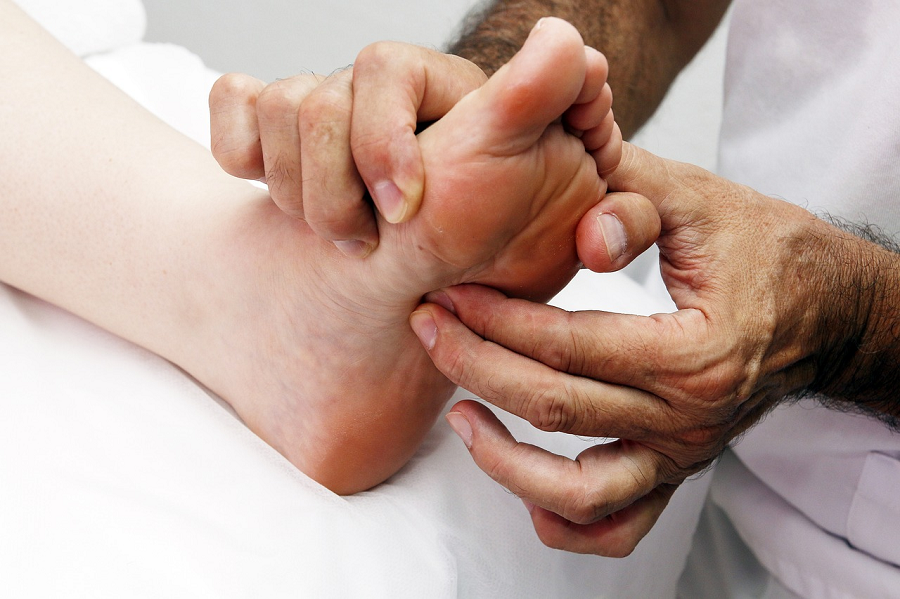Why Does My Foot Hurt Badly When Stretching?

Why Pregnant Woman have pain?
June 29, 2019
Medical Injuries Can Happen Just by Jogging
August 1, 2019If you wake up in the morning to excruciating pain whenever you stretched your foot, you maybe wondering whether or not you have a serious condition. It might hurt to point your foot outward, stand on your toes, or even put on shoes. You still might be able to stand up and walk without issue, but your mobility may be limited and you cannot help but walk very gingerly.
Some people may jump to conclusions that it is arthritis, but podiatrists that specialize in ankle surgery in Houston will tell you that you are temporarily suffering from plantar fasciitis. Plantar fasciitis will trigger a burning, sometimes chronic pain when you stretch out your foot. This pain can either occur in your foot’s heel or arch. In many cases, this pain will disappear by itself over time, but if it doesn’t, you should seek treatment and determine an effective course of action to stop the pain in your foot as soon as possible.
What Causes Plantar Fasciitis?
The actual cause of plantar fasciitis is when the person overworks the arch tendon inside the foot. When this happens, the number of collagen fibers depletes. While some experts suggest that inflammation is what makes the arch of your foot burn, there are actually no inflammatory cells in the arch to be found.
Common activities that relate to plantar fasciitis include playing sports and exercising. Without proper treatment and healing, plantar fasciitis can lead to a heel spur, which grows under the heel and can cause additional pain.
What Can Treat Plantar Fasciitis?
Like with several types of foot injuries, how you can accelerate the recovery of plantar fasciitis is with the “RICE” technique. Rest your foot often, apply ice to it, compress it if it’s puffy or swollen, and elevate it to increase the air pressure.
You can also consider wearing tape around your foot; there are two kinds that can help with plantar fasciitis. One that is ideal for continuing to be active is kinesiology tape. The other is called kinesio tape, which works to help the plantar fascia ligament and lifts skin so that blood can continue to flow throughout the foot and swelling is reduced. Both of these tapes are not that adhesive, so it’s like applying painters’ tape that doesn’t hurt when trying to peel it off.
How Can I Prevent Plantar Fasciitis?
There are many approaches you can take to prevent plantar fasciitis in the future. If you are an avid exerciser or athlete, it wouldn’t be ideal to stop training and working out. The most common change would be to change your footwear.
Consider what kind of shoes you currently use and consider reinforcing them or replacing them. If your plantar fasciitis occurred while wearing shoes that are still in good condition, then we suggest adding foot inserts for added comfort and support for your heels and arches. If your shoes are older, it’s easy to assume they no longer absorb shock like they used to, so buy a new pair of shoes with shock absorbing soles in them. If you run or hike for a living, it’s recommended that you buy the appropriate shoes for this exercise.
Plantar fasciitis can limit your mobility and feel painful when trying to stretch your foot, but most people shouldn’t worry. Plantar fasciitis is a common foot condition that might feel serious, but the path to recovery should be a short and simple one. If you are still feeling pain in your foot after a week, do not hesitate to contact your Houston podiatrist.



